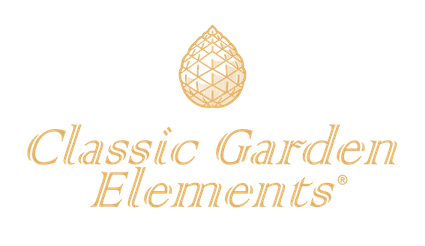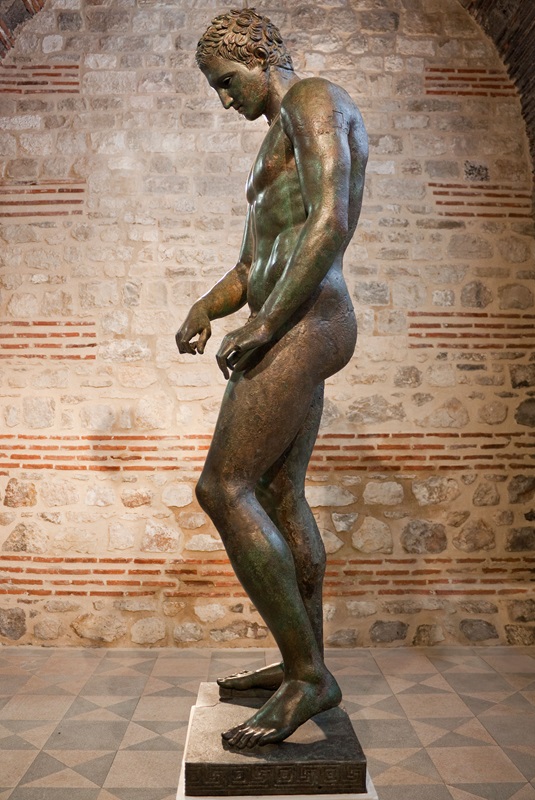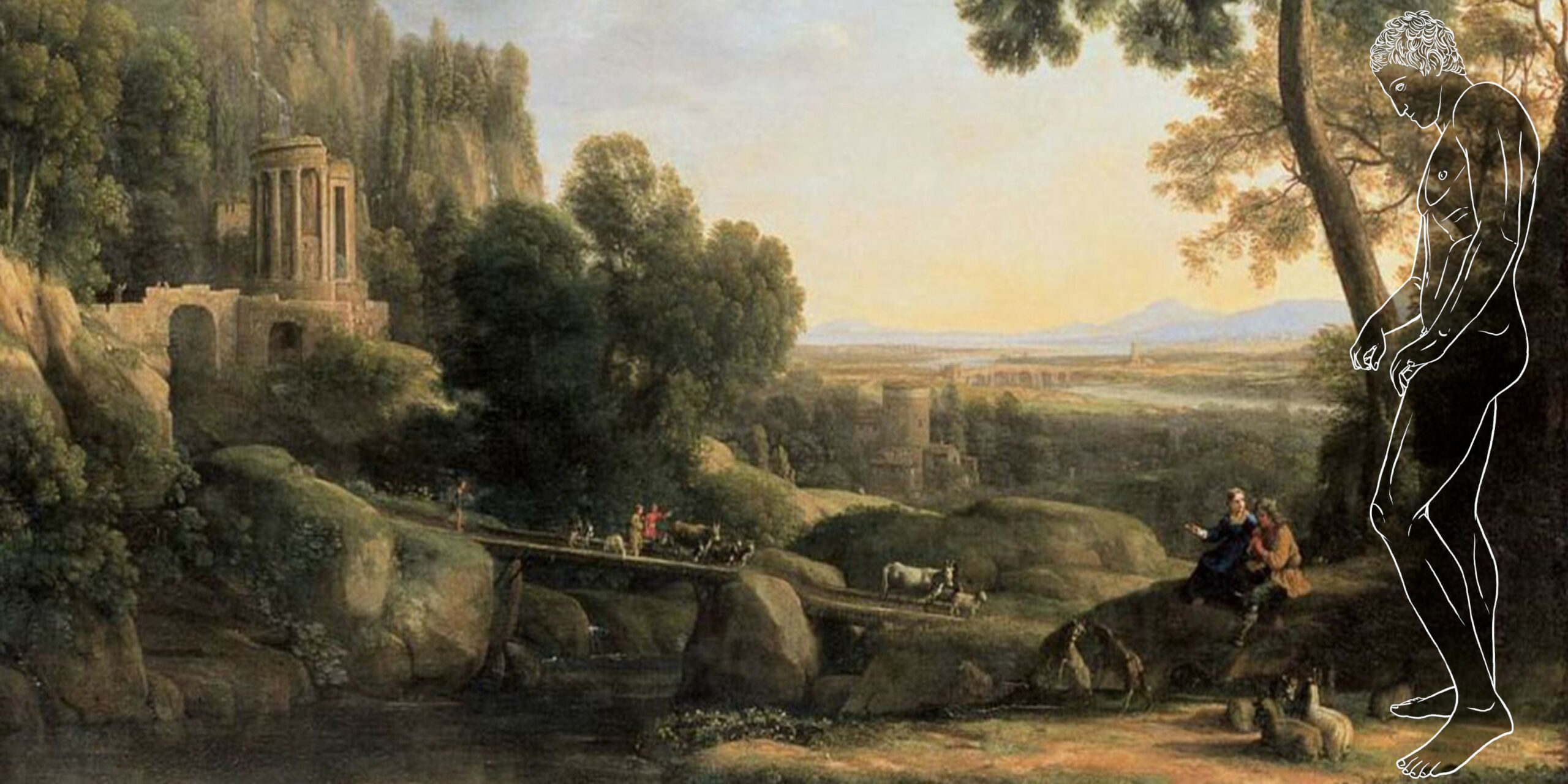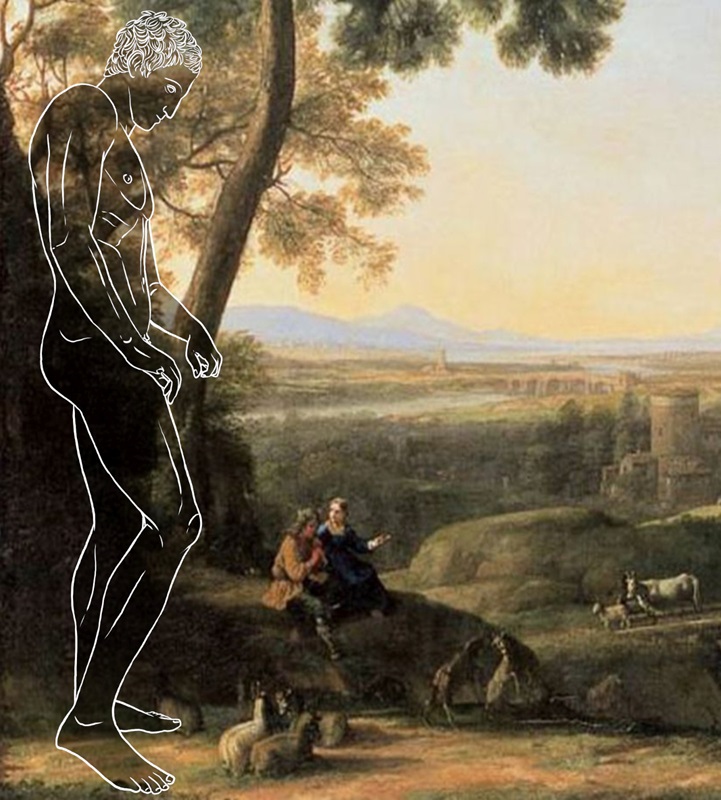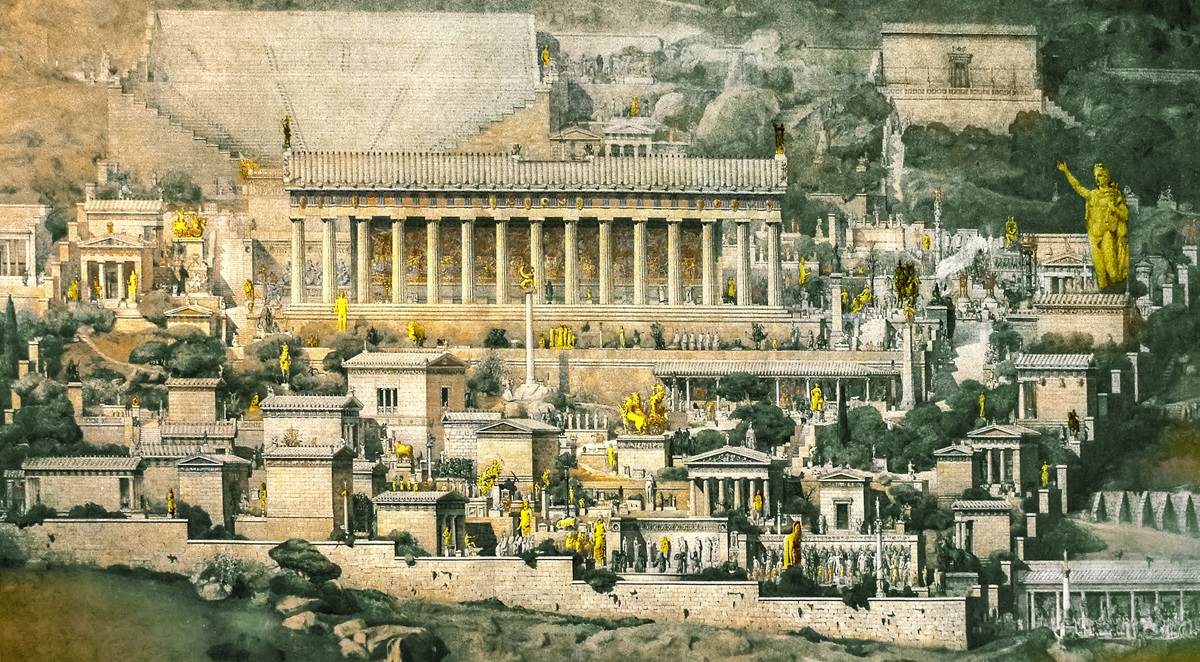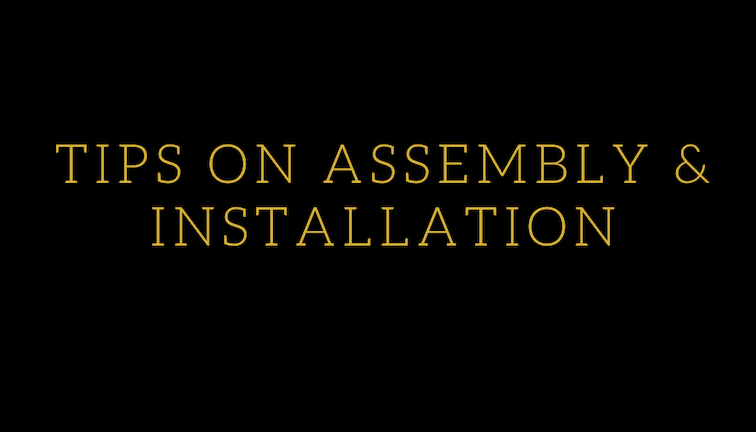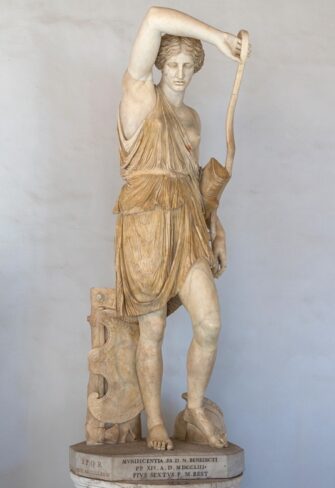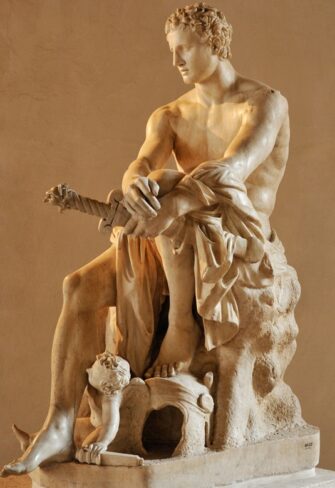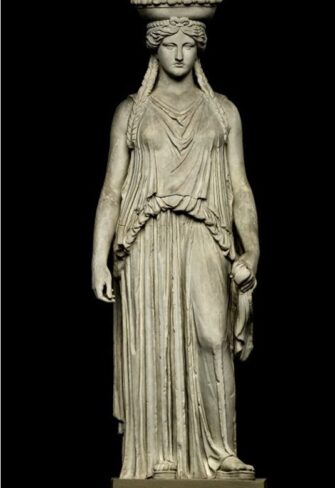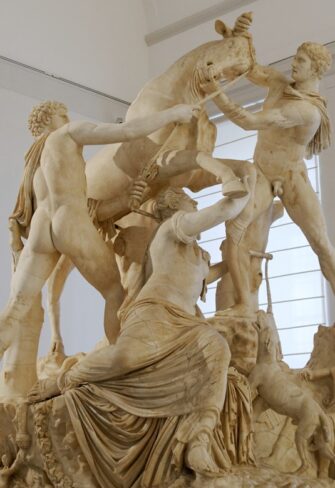All Garden Products from Classic Garden Elements
Croatian Apoxyomenos
£52,900.00
incl. VAT plus Shipping Costs
Delivery time: 2 weeks. Deliveries to Scotland: 3 weeks. Free delivery in England, Scotland & Wales (except islands)
USA delivery click here
Origin and Discovery Site
The Croatian Apoxyomenos is an ancient Greek bronze statue from the 2nd or 1st century BC, discovered underwater in 1996 near Vele Orjule, a small islet southeast of Lošinj, Croatia. It depicts an athlete, Apoxyomenos (‘the Scraper’), who is cleaning himself with a strigil, a small curved instrument used to scrape off sweat and dust.
The statue was discovered by Belgian tourist René Wouters during a diving excursion. He reported the find to the Croatian Ministry of Culture in 1998. The statue was raised from the sea by a team from the Ministry of Culture on 27 April 1999.
Description
Description
The Croatian Apoxyomenos stands 1.92 meters tall and is mounted on a 10-centimeter-high original bronze base decorated with alternating square and swastika motifs. This base design repeats three times on the sides and four times on the front, while the back remains undecorated. Art historians Nenad Cambi and Vincenzo Saladino date the statue to the 2nd or 1st century BC and attribute it to a highly skilled but unknown artist.
The statue is notable for its unique pose, which differs from other Apoxyomenos statues, such as the Vatican Apoxyomenos by Lysippos, where the hands are at hip level. This suggests a possible variation in the artistic canon of the time. The Croatian Apoxyomenos is the most complete and best-preserved among the eight known versions of this statue type.
During restoration, marine organisms attached to the statue were removed using only mechanical precision tools, without any chemical agents. Cracks and breaks were repaired, and a supportive internal structure was created to stabilize the statue.
Radiocarbon dating of organic material found inside the statue, such as wood shards, twigs, and seeds, suggests that the statue fell into the sea between 20 BC and 110 AD. Extensive surveys around the discovery site uncovered fragments of the bronze base, a lead anchor bar, and amphora remains, but no evidence of a shipwreck. Researchers believe the statue was thrown overboard during a storm.
Exhibitions and Awards
After restoration, the statue was first exhibited in 2006 at the Archaeological Museum in Zagreb. It was later displayed in Florence and eventually returned to Zagreb. In 2007, it was awarded the Europa Nostra, the European Union Prize for Cultural Heritage.
Apoxyomenos Museum
The statue has been housed in the Apoxyomenos Museum in Mali Lošinj since 30 April 2016. The museum was constructed at a cost of approximately €2.6 million.
Artistic Interpretations
Art historian Antun Karaman attributed the statue to the Greek classical period due to its distinctive bronze glow. Croatian archaeologist Nenad Cambi believes the statue represents a wrestler rather than a generic athlete, based on the depiction of its musculature. Cambi also argues that the statue should be called “the Strigil Cleaner” instead of Apoxyomenos (‘the Scraper’), as it shows the figure cleaning the instrument itself.
Right-handed or Left-handed Debate
An interesting debate among archaeologists is whether the model for the statue was left-handed or right-handed. Italian Education Minister Giuseppe Fioroni speculated that the model was left-handed because the left shoulder muscles are more developed.
Speculations about the Statue’s Transport
The statue might have been in transit to a major city in the northern Adriatic, such as Aquileia, Trieste, Ravenna, Pula, or Poreč, when it was lost. By the early 2nd century AD, it was already considered antique.
Bronze Replicas
A bronze replica of this quality would currently be feasible only with significant time and financial investment. If interested, please contact us for more details on what can be achieved at present.
Locations for the installation of ancient statues & list of parks with ancient sculptures
In exceptionally designed gardens and parks, alongside high horticultural artistry and exceptionally beautiful design, the use of top-notch furnishings often shines. Whether it’s furniture or statues and sculptures. Now original antique statues are not or very rarely available for sale. Since their rediscovery in the Renaissance, costly replicas have such been made for castles, their parks, and concurrently for the mansions of the bourgeoisie who have attained great wealth. During this time, a canon for the placement and positioning of these artworks formed and developed into modern times. In our online shop, you’ll find an overview of particularly beautiful locations for ancient statues. Additionally, we provide you with an overview of some publicly accessible gardens and parks, each boasting an impressive collection of ancient sculptures, along with specific details on where each statue can be seen.
Authentic Reproductions of Ancient Bronze Statues: Classical Weathered Patina and, exclusively new and available only with us, the Original Antique Patina based on the latest 2022 Louvre research findings
We offer two exceptional patina options for bronze statues. The first is the classical patina, which beautifully captures the natural weathered appearance of bronze. Since the rediscovery of ancient life-sized bronzes, this patina has become the preferred choice and is available in up to three popular variations.
For enthusiasts seeking an authentic, antique aesthetic, we present a groundbreaking innovation: a faithfully recreated surface finish that matches precisely what the ancient audience would have admired. Thanks to the spectacular research findings published by the Louvre Museum in late 2022, we are now able to replicate the surface of ancient life-sized bronzes with remarkable accuracy. The multi-year study of the Charioteer of Delphi, conducted using cutting-edge technology, revealed that the statue, aside from minor details such as the eyes, headband, and belt, once displayed a high-gloss, golden sheen reminiscent of subtly shimmering gold leaf. It is therefore highly likely that renowned ancient sites, such as Delphi, Olympia, and Delos, presented themselves to ancient visitors with bronze statues gleaming in golden splendour.
This effect was achieved through the use of bronze with a 10% tin content. Armed with this scientifically substantiated knowledge, we can now offer an authentically recreated, antique surface for our reproductions of ancient life-sized bronzes – a level of precision that was unattainable prior to these 2022 research advancements.
Product details
| Item No. | S53 |
|---|---|
| Material | Bronze cast |
| dimension (height x width x depth) | - |
| What you receive | Single piece, Bronze cast. The exact design details, measurements and weight as well as the structure and colour of the Bronze cast may vary. |
| Delivery | Delivered using our own van |
| Delivery Charge | Free delivery in England and Wales (except islands) and to a few EU countries. Click here for details. |
| Price incl. VAT | £52,900.00 |
